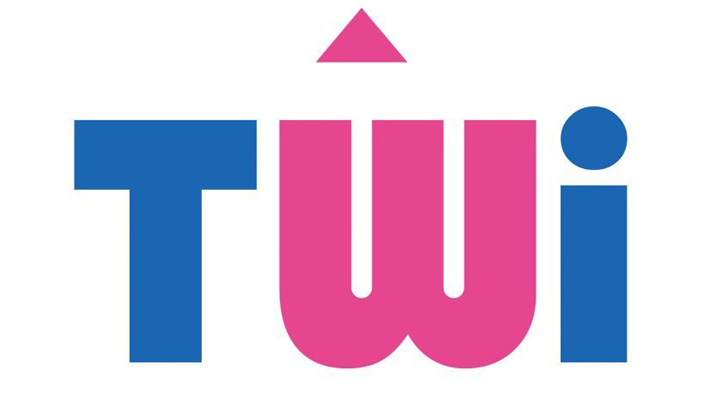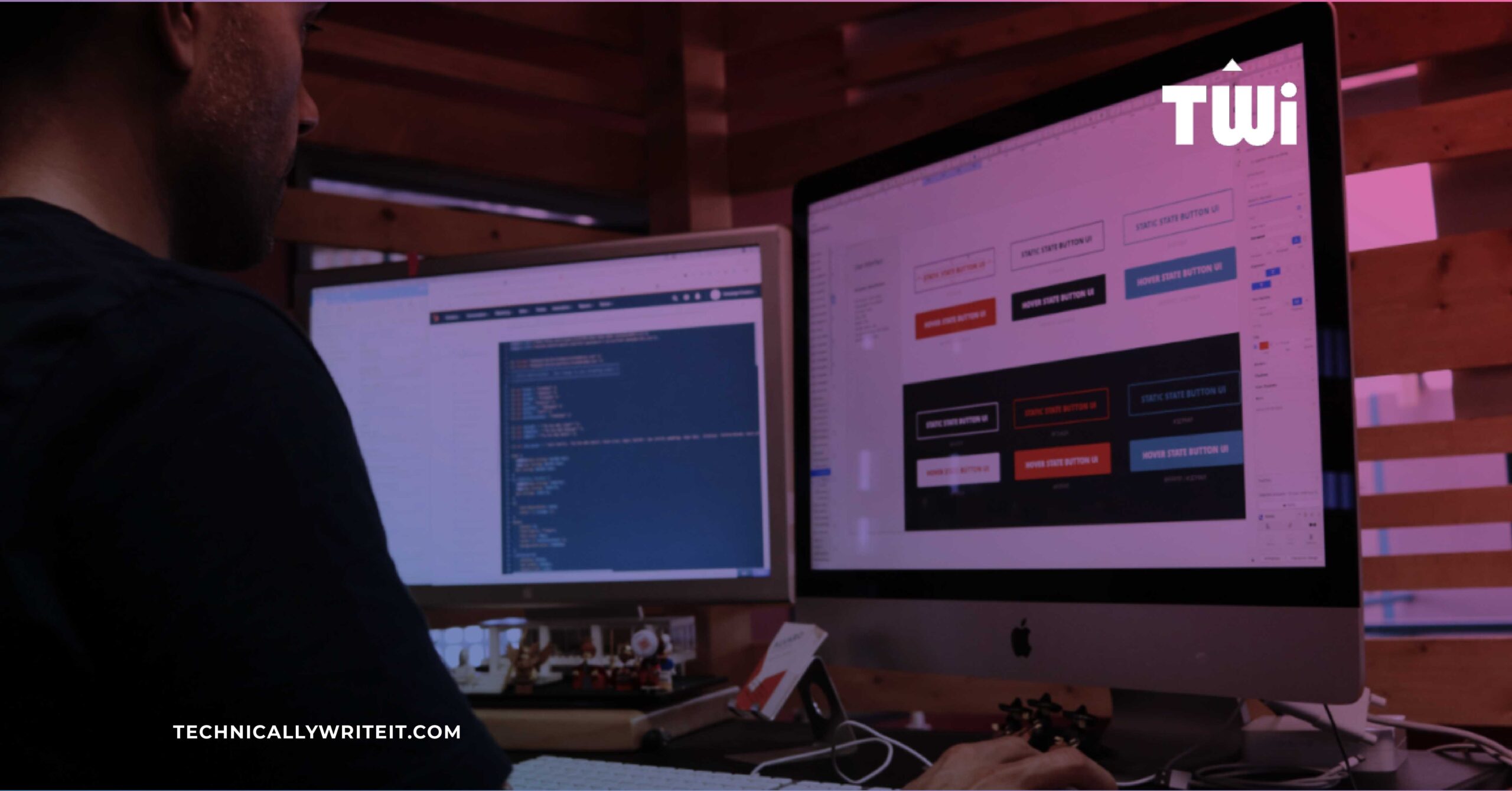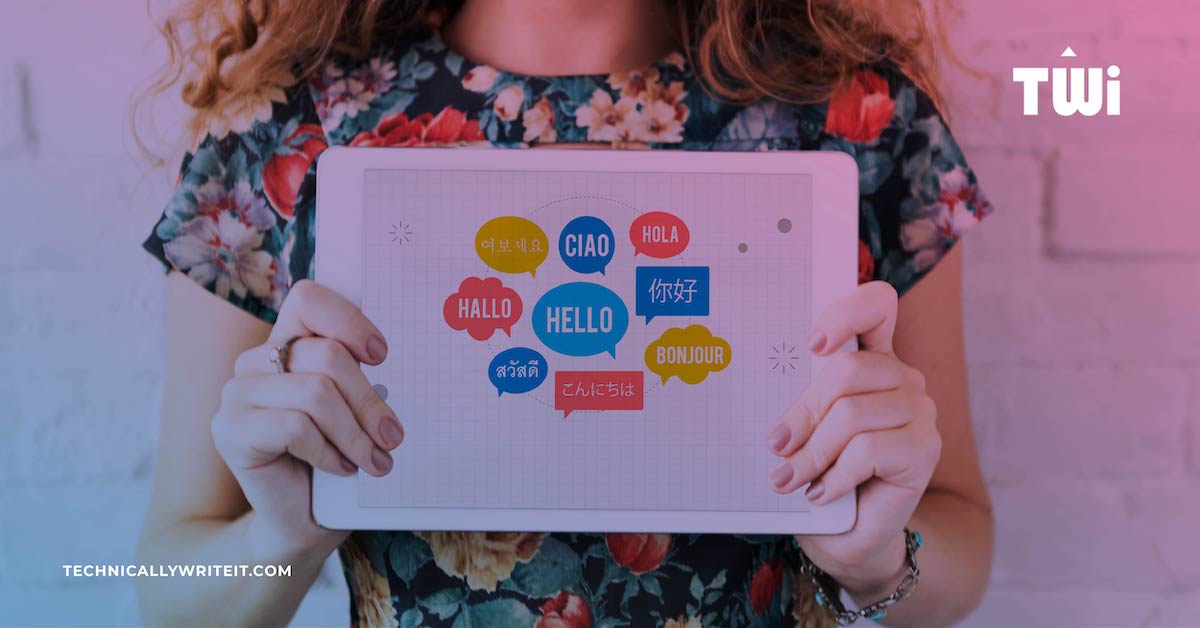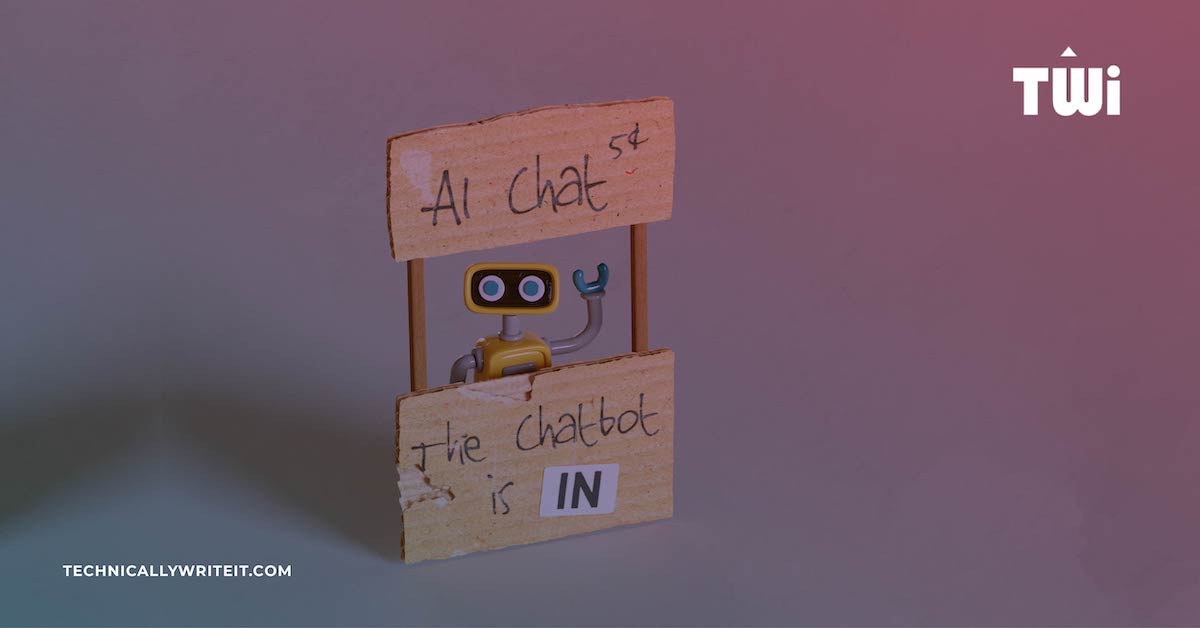“Any sufficiently advanced technology is indistinguishable from magic” – Arthur C. Clarke.
Understanding how to build a good chatbot will help you create a seamless experience for your end users, which can feel like magic. However, if you fail to understand the appropriate use case for your chatbot, undervalue the content, or select the wrong technology, then you will leave your users feeling frustrated and annoyed.
In 2016, Gartner predicted that by 2020, “the average person will have more conversations with a bot than their spouse”. While that may not actually be the case in 2020, it is clear that more and more businesses are seeking to implement chatbots in the hope of realising efficiency gains, improving customer experience, or achieving some other business objective. The internet is littered with articles about chatbot fails and the reasons for each one, such as, for example, that the technology has not yet sufficiently matured.
At TWi, we believe that content is king. However, it is often the missing focus area, particularly for Industry 4.0 and emerging technology projects aiming to present information to users in new ways. Such projects include chatbots, augmented reality (AR), and other machine-driven options. In 2018, we stepped back and looked at the problem of developing good content for chatbots and ultimately for all emerging technologies. Along the way we discovered that to build a good chatbot you need to:
- Prove the use case and ensure that a chatbot is the right output for your audience
- Develop a content strategy that produces audience-focused content
- Choose the right chatbot technology that aligns with your content strategy and meets the needs of your audience
This is the first in a series of three blog posts that shares the lessons that we learned while developing a TWi chatbot. This post focuses on the project itself, presenting some of our thoughts to guide you on your journey to understand whether a chatbot is right for your users. The second post focuses on how to write effective content for a chatbot, while the third post discusses how to choose the best chatbot tool for your business.
Why is Information 4.0 Content Important?
This is the question we asked ourselves at the end of 2018. At the time we had no customer demand, however, technical communication industry leaders were predicting the rise of chatbots as one of the many emerging technologies to come to market. As a content company, our drive was to understand how to develop effective content that supports Industry 4.0 tools to create positive experiences for the end user.
As more and more businesses seek to implement some form of Industry 4.0 application into their processes, Information 4.0 content principles have become essential. Traditionally, users engaged with procedural content, online help, and other business content in a linear, structured manner. Linear content includes webpages, PDF documents, and even YouTube videos. In theory, Industry 4.0 emerging technologies make it easy for users (internal employees or external customers) to get the exact information they need, in a contextually appropriate and timely manner. Taking the approach of developing content for static PDF documents will simply not work for chatbots, AR, or any other such technology.
In 2018, as we looked to the future, we wanted to expand our writing skills to support the development of contextual, non-linear conversations using Information 4.0 principles, which would ultimately support in the development of content that will feed into a chatbot, or other emerging technologies, to create a positive end-user experience.
The Approach to Making a Good Chatbot
While our focus was very much on expanding our writing skills, we also uncovered a strategic approach that can be used to build a good chatbot that delivers the expected experience to the user and justifies the business case with a return on investment.
Do I need a chatbot?
The justification for implementing a chatbot should be driven by demand and a clear understanding of the business case. When our team started to look at implementing a chatbot, the natural inclination was to go straight to the tools and play with the different types of chatbots. While it was fun, it was the wrong approach as it lacked direction. We stepped back and asked a series of tough questions before moving forward. Here are some of the questions we asked and the specific TWi responses:
- Why do we want to build a chatbot?
- Response: The primary reason was to upskill our content team in how to write content for machines, or in this case, a chatbot. At this point, we did not have any customer demand, nor did we have a large volume of internal or external communications that demanded one. We also wanted to give our team a sense of the difference between writing linear and non-linear information flows and further our understanding of Information 4.0 principles.
- What business need/objective will the successful implementation of a chatbot meet?
- Response: It is important to take time to go through this step properly, as the data might point towards the fact that you don’t need a chatbot, but maybe another solution, such as live chat. We looked at the business need from two perspectives:
- Operational need – We quantified the volume of internal support tickets and website interactions along with analysing the Google Analytics Flows to understand the TWi website user behaviour. We determined that the volume of interactions, current and forecasted, did not unduly stress our standard communication channels. Therefore, the before and after metrics were too weak to justify investing in a chatbot, and as such did not present a sound business need.
- Skills need – As a content company, we recognised that our skillset was very strong when authoring traditional content and we viewed this as an opportunity to enhance our skills when writing content for chatbots and other emerging technologies. Therefore, based on the need to upskill the team and better understand the technology, our business need was clearly understood as an upskilling exercise rather than seeking a process efficiency.
- Response: It is important to take time to go through this step properly, as the data might point towards the fact that you don’t need a chatbot, but maybe another solution, such as live chat. We looked at the business need from two perspectives:
- What return do we expect to realise from building a chatbot?
- Response: We expected to upskill interested writers while offering everyone the opportunity to gain a deeper understanding of Information 4.0 principles. We did not expect to realise a return specifically from the chatbot itself.
- Which business function will the chatbot serve and why?
- Response: For the test case, we initially considered external facing interactions such as recruitment and sales, and after much data analysis and discussion we focused on our Technical Writing Skills Training page. The purpose was to provide specific support to individuals seeking further information on our technical writing course. We then mapped out what information we needed to collect from users and what we needed to share with them.
- What type of chatbot will meet our needs?
- Response: Having a clear understanding of the business function requirements, in our case sales (specifically a training course), and the use case (a learning project) made it relatively easy to narrow down the type of chatbot we needed. Once we narrowed down the type of chatbot we needed, it was still a challenge to select the actual product. There are hundreds of chatbot tools available and selecting the right one can be daunting. There is everything from very basic chatbots to full conversational bots, with different levels of natural language processing and AI built into them. Given our need, we initially focused on the simpler rules-based bots. More recently, we have trained and worked on industry-leading bots such as SAP Conversational AI.
This is not an exhaustive list of questions, and the process by which the answers were uncovered is as important as the answers themselves. The process we followed helped to bring all the stakeholders on the journey and ensured that the final result was one of the expected outcomes, which ultimately ensured the success of the project.

What content goes into a chatbot?
The starting point is a content strategy to clearly outline your approach and ensure that the content is effective in meeting your business needs. If you have taken the time to answer the strategic questions appropriately for your business, then you have already started to answer some of the key content questions. Once you are clear on the expected outcome for the user, confirm that this aligns with the overall business need. The expected outcome is now the objective that the chatbot content needs to satisfy.
Depending on the tool you have selected, the process to realise the expected outcome may vary, but it needs to be documented in the content strategy. The table below summarises some of the variables in the content strategy for a basic chatbot.
| Item | Content strategy variable | Basic rules-based chatbot |
| 1 | Is there source content available? | Often not, but basic conversation flows and pre-determined responses need to be created. If there is legacy content available, can it be used as chatbot responses? |
| 2 | How is the content created? | Needs to be authored by a writer with conversation design skills, not a developer. |
| 3 | Where is the content stored? | Most bots require the content to be stored within the bot database, however, integration with the main company CMS might also be important. |
| 4 | Has the conversation been designed to have the desired outcome for the user? | Relatively straightforward, it needs to be designed to ensure a positive user experience. |
| 5 | Who is the user and what are their needs? | Clear understanding of user needs is required and context for when they interact, based on specific personas. |
This table offers some questions to get you started on your content strategy. For more details on how we specifically designed and authored the content, check out the second blog post in this series, How to Write Effective Content for a Chatbot.
What chatbot product should I use?
Finally, after answering the strategic questions and developing a content strategy, it was time to select the actual chatbot product. We developed a set of criteria that we needed the product to comply with. The criteria covered some of the following:
- Security
- Integration
- Data storage
- Coding skills required
- Ease of use
- Price
For more details on the tools we used and our approach to implementing them, check out the third post in this series, How to Choose the Best Chatbot Tool for Your Business.
Conclusions
After three months of part-time work, our team of seven people produced a basic chatbot on our training page. As the focus was to learn and expand our knowledge, we intentionally took our time to ensure that the learning was absorbed and communicated across the company.
Once the chatbot was pushed live, we carried out extensive reviews and testing based on real-world interactions. We experienced technology and content issues, which are outlined in the next blog posts in this series. Given our focus on content, the greatest learning arose from issues with the content. As this was ultimately a sales and marketing chatbot, the content needed to be very deliberate in guiding the user through the sales process. This required input from technical writers and marketing executives to develop the right style to persuade the user to continue engaging with the chatbot.
Six months after the project started, it was deemed a success because the team had acquired a good working knowledge of chatbots and of the content design and authoring processes for non-linear conversations. After iterating on the content, based on reviewing the interactions, the final part of the magic trick was wrapped up when the first user followed their way successfully through the process and booked a place on our course.
Images Used:
- Image by Campaign Creators, licensed by Unsplash











